Historic Walking Trail (2) – Part 2
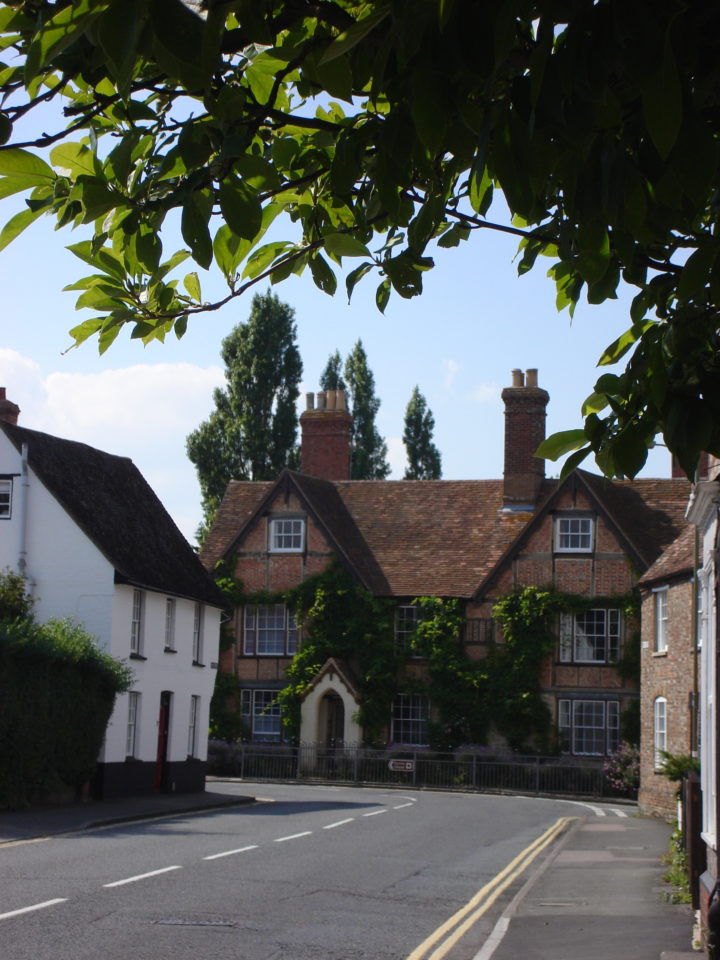
15 – Thame Union Workhouse
A little way up on the left are the octagonal gate houses of the Thame Union Workhouse. The workhouse was built in 1836 to a design by Witney-born George Wilkinson. It was designed to accommodate 350 people and cost around £7,000. When the workhouse closed in 1931 the building soon became home to Rycotewood College which had a high reputation for training young furniture makers and agricultural engineers. After college amalgamations in 2004 the building was converted for housing. Opposite the gate houses, No 2 Priestend is a fine example of a timber box framed building. Many other buildings of the medieval farm houses can still be seen in this area
Continue walking
16 – Striblehills
Further along, facing the High Street is Striblehills, one of the grandest of Priestend’s yeoman farm houses. It’s very striking location suits the mature mix of timber and brick. The current façade dates from 1647 and has recently been lovingly restored
Follow the wall on the left.
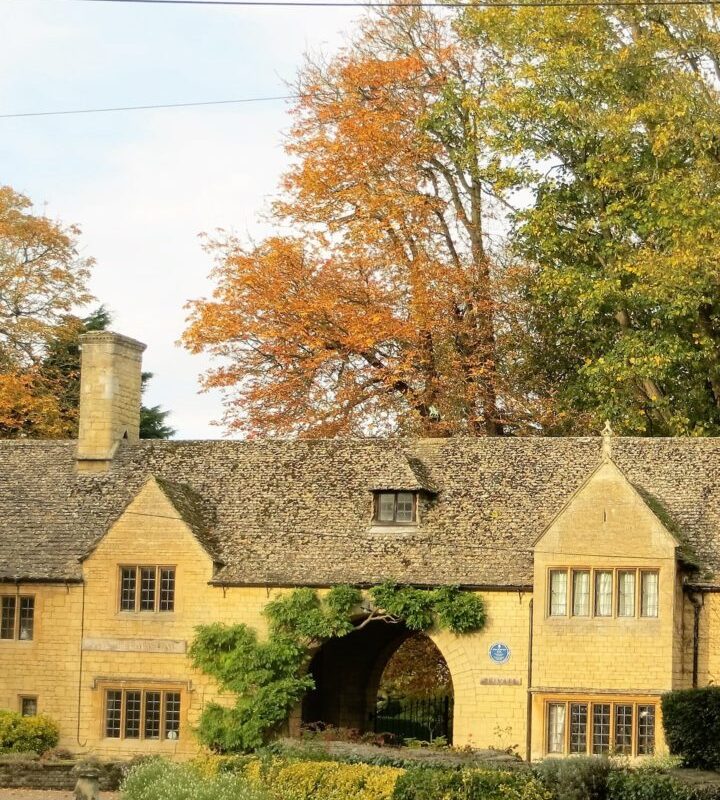
17 – The Prebendal
The eye-catching gateway on the left dating from the 1930s leads into the Prebendal. The Prebendal is a medieval ecclesiastical structure which housed the Bishop’s representative. The building has been through many private owners including Robin Gibb of Bee Gee fame who is now buried in St Mary’s Churchyard. Opposite the gateway, in the churchyard, is a small memorial stone to Andy Gibb who died in 1988 aged 30, whilst staying at the Prebendal
Continue along the old Long Crendon Road
18 – The Vicarage
The Vicarage is on the right. Here the antiquary Anthony Wood stayed as a boy during the Civil War. He excitedly records that in January 1644 about 80 royalist horsemen led by Col. Blagge were pursued along this road with 200 parliamentarians firing after them.
Further on, the long low bridges over the Thame valley once led traffic to Long Crendon, but now it is a quiet stroll to the county boundary: take care not to stray too far into Buckinghamshire!
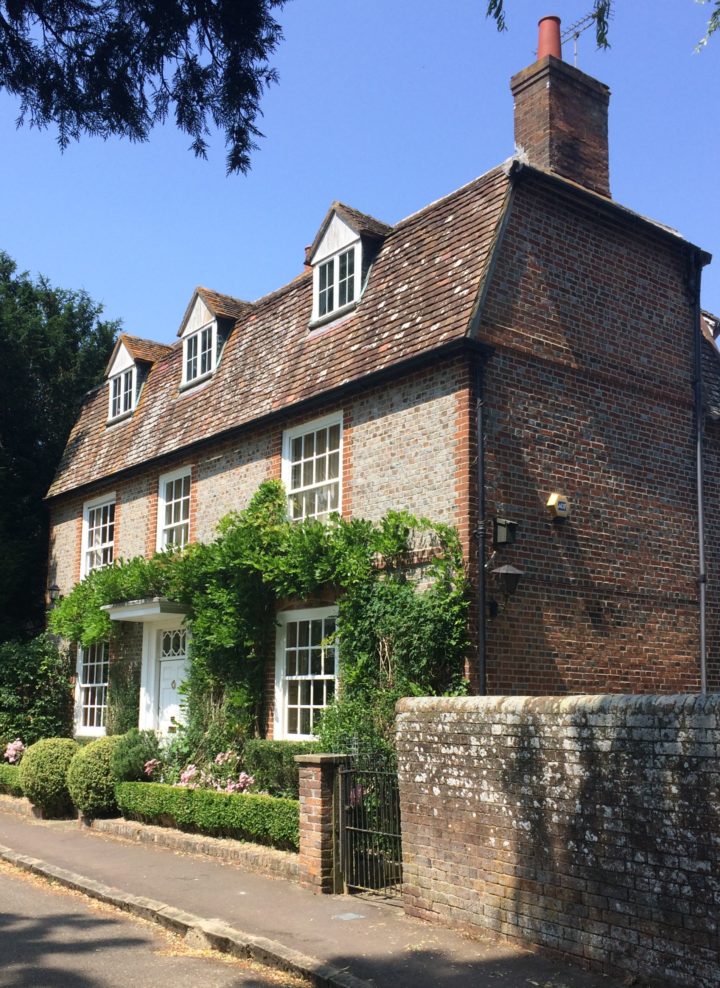
19 – Long Crendon Road
From the Bridge you can see the huge flood plain which has provided ideal grazing land for many centuries and it can be a delight to see swans and other wildlife on the river. Note the water level scale on the first bridge (metres above sea level).
Close to here, on the river bank, the Thame Hoard of ten silver coins and five rings was discovered in 1940. The main ring has been described as the finest medieval ring in England and is often on display in the Ashmolean Museum in Oxford. (There is a full description of the hoard in Thame Museum).
Return to the church and take the track to the left, keeping the church on your right. Prior to the planned town of New Thame the main traffic route from Aylesbury to Oxford followed this path and then round by the church into Priestend. This is the road that the Bishop of Lincoln closed in 1215.
20 – Lashlake House and Jasmine Cottage
Here two Georgian houses, Lashlake House and Jasmine Cottage, grace this private road and occupy a lovely spot overlooking the cricket ground. They are well proportioned and date from the mid 18th C.
At the end of the track note the entrance to Pearce’s Woolstaplers.
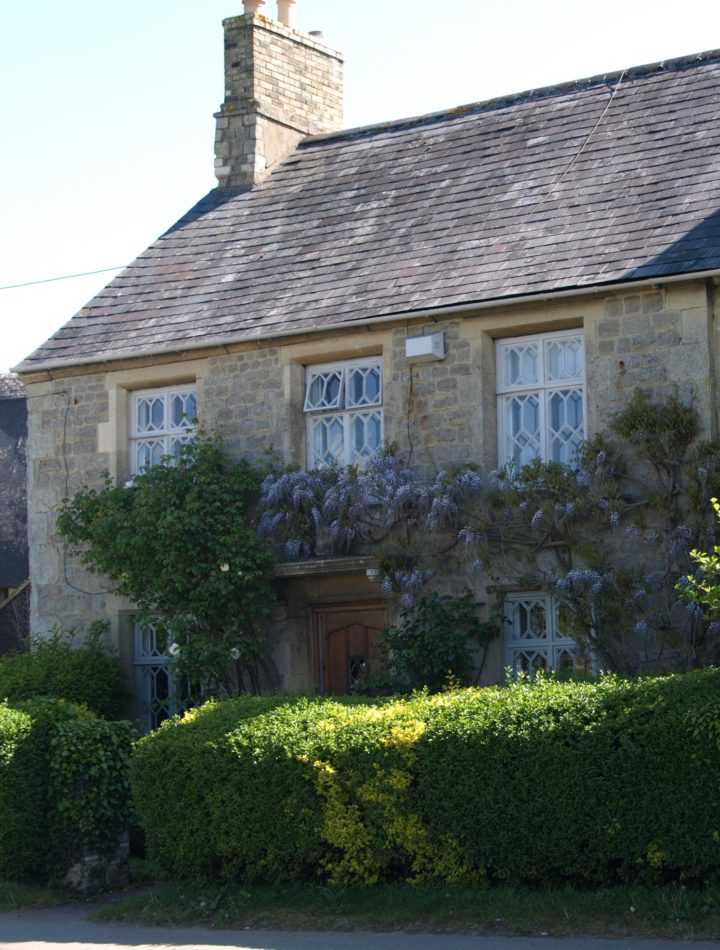
21 – Pearce’s Woolstaplers
Wool stapling (or trading) has been part of Thame’s heritage since medieval times. Until recently these warehouses were full of great stacks of wool which were shipped to London by train. Sadly the trade is no longer carried out from here.
Turn right and take the Aylesbury Road back towards town.
22 – Trio of Cottages
On the left, Gable Cottage, Godbegot and Regency Cottage form a lovely trio of ancient buildings set in an idyllic country scene opposite the cricket ground. Godbegot was much restored by the theatrical designer Herbert Norris in the 1930s.
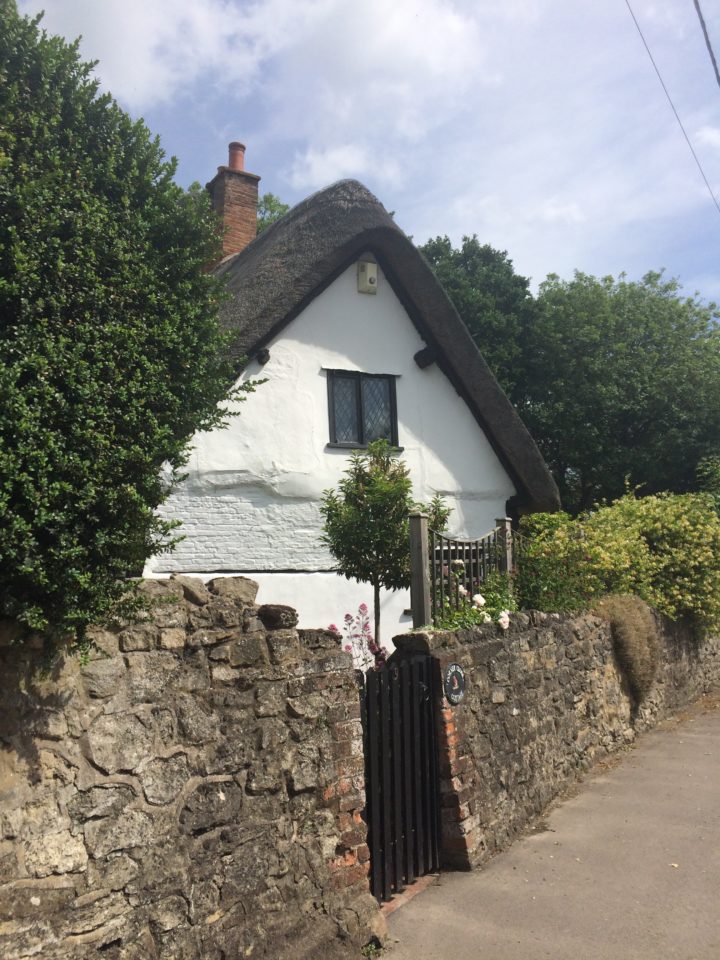
23 – St Mary’s Church
Take in the view of St Mary’s Church across the cricket ground. The field was once sheep grazing and until the 1960s was part of Court Farm, the buildings of which (incl. the small dovecote) can be seen to the left of the church.
At the roundabout turn into Bell Lane
24 – Corner Close Cottage
You can see the thatched Corner Close Cottage on the right and another farm complex across the road. Beyond Bell Close the part thatched Brereton merits a glance and a little further, on the left, is the secluded timber framed building (Nº 12) once known locally as the Hovell, but now lovingly restored
Continue up Bell Lane
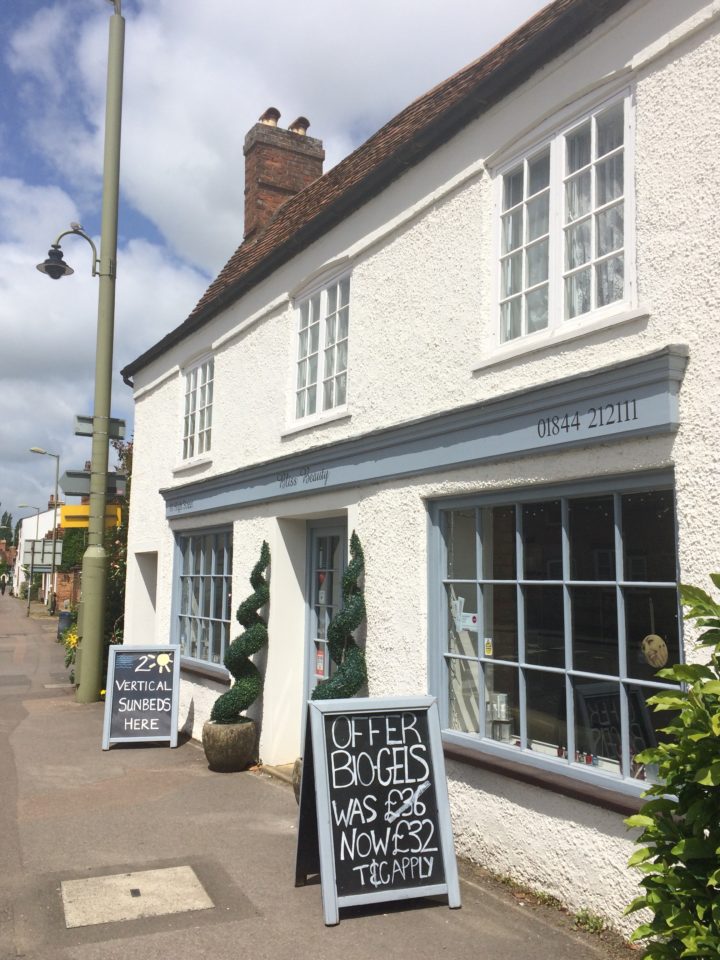
25 – Bell Lane
Before Bell Lane meets the High Street the modern office complex on the right sits where the bus garage used to be. The pleasing Jacob House is probably all that remains of the row of cottages which made this part of the road very narrow and more appropriate to its then name of Old Town Lane. The town houses at Nos 81, 81a & 82 are splendid and add grace to this corner of the town
Continue to walk around the corner to the right back into the High Street. Thame Museum, where you started, is on your right hand side.
26 – The Old Maltings
At the corner of the High Street, Nº 80 was once the 17th C One Bell Inn from which Bell Lane takes its name. Next door is a neat complex of residential buildings now called The Old Maltings. In the 19th C these buildings housed the malting and brew houses of the Phoenix Brewery.
Continue round the corner to the right to Thame Museum
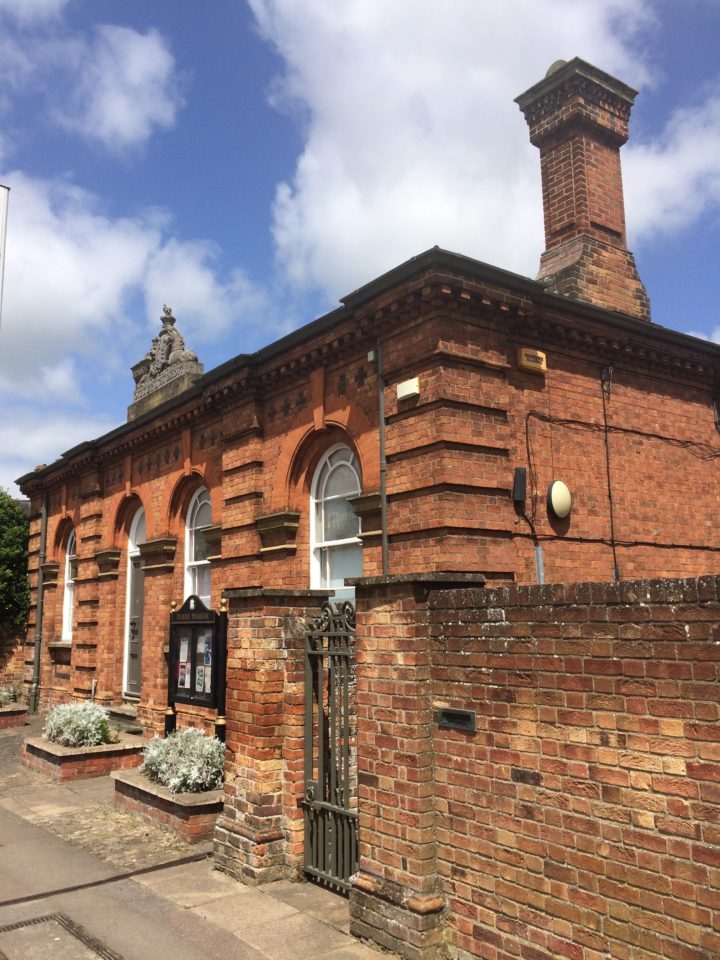
27 – Thame Museum
Finish your walk with a visit to Thame Museum. The County Court was built from local brick in 1861 and altered to accommodate the Magistrates Court in 1984. It was purchased by the Town Council in 2005 to house the much acclaimed museum.
